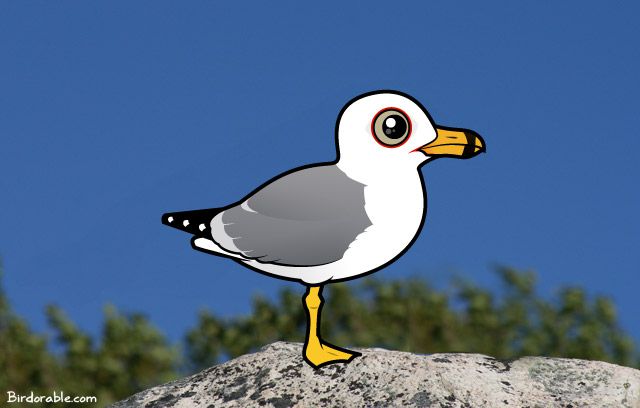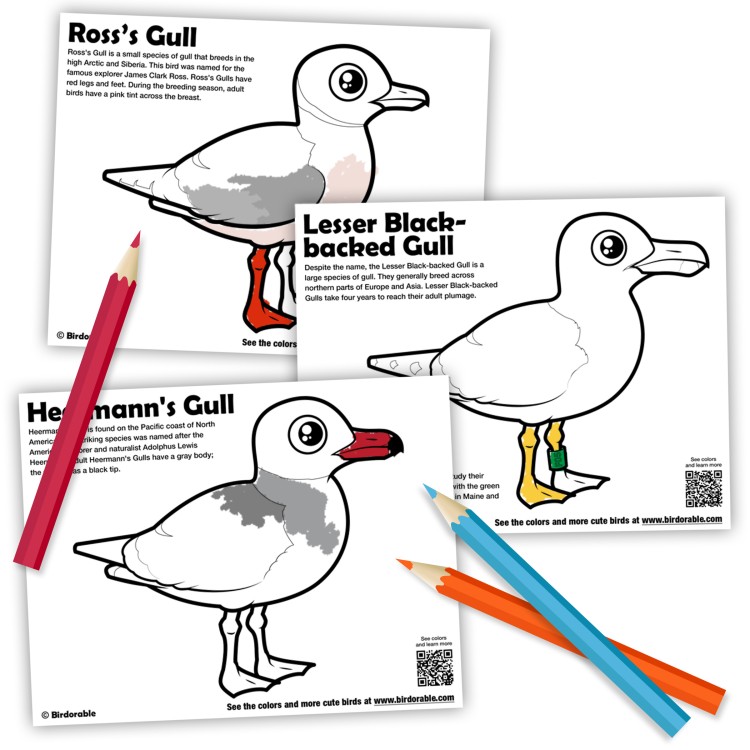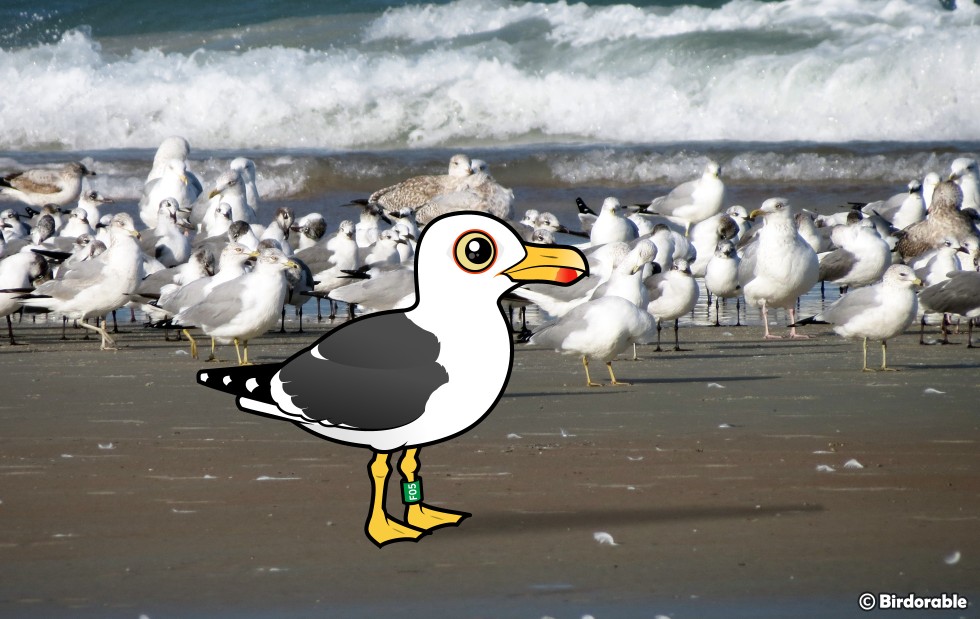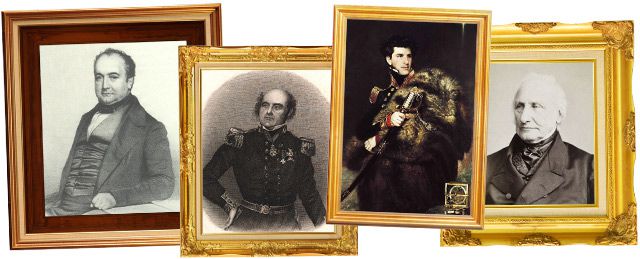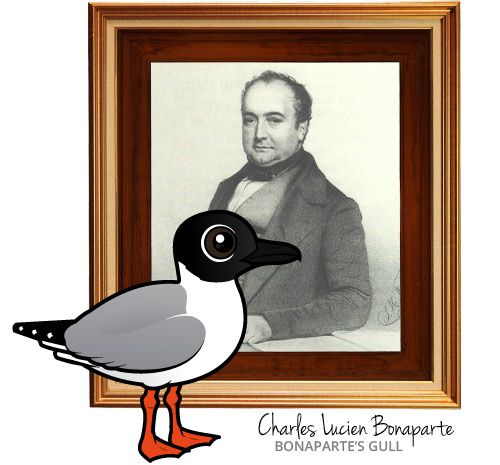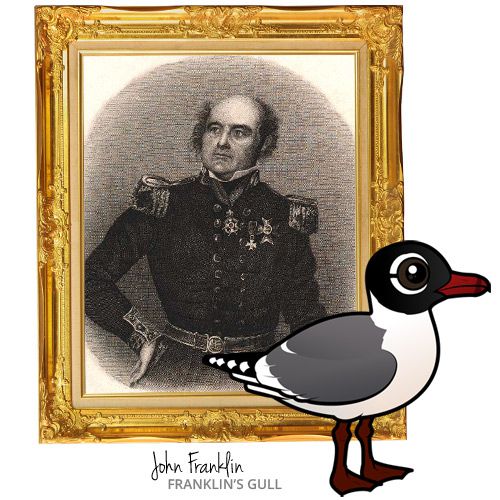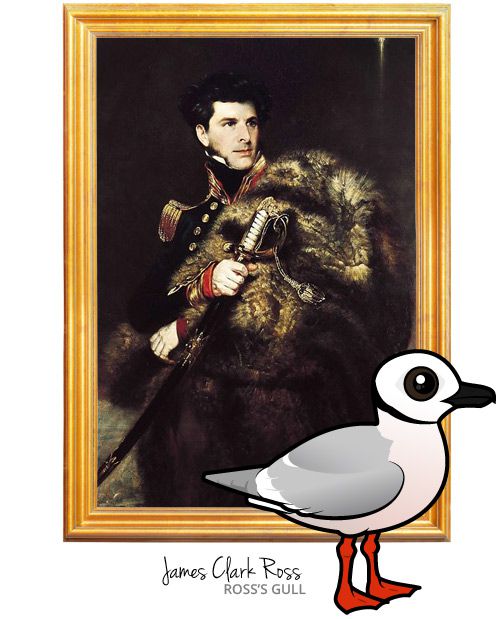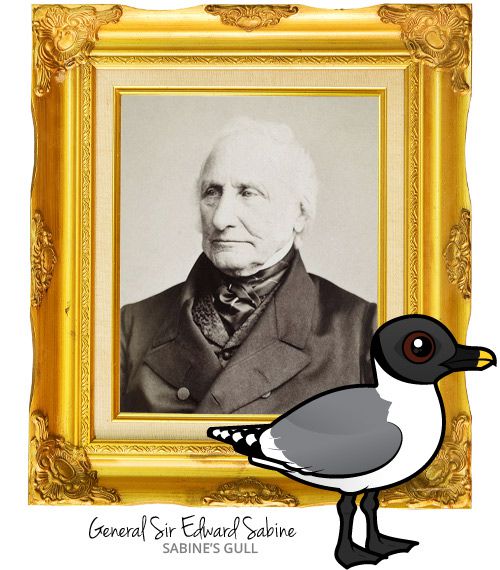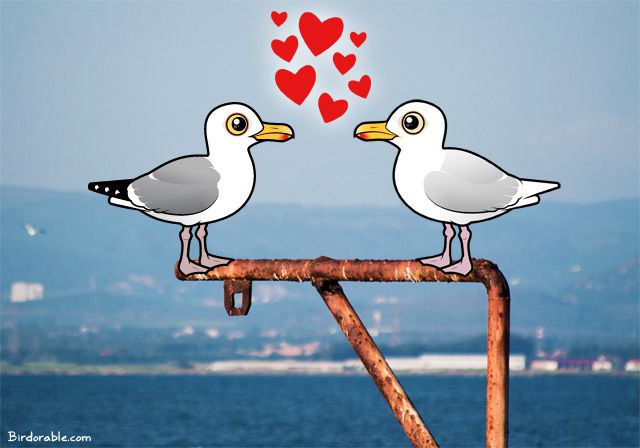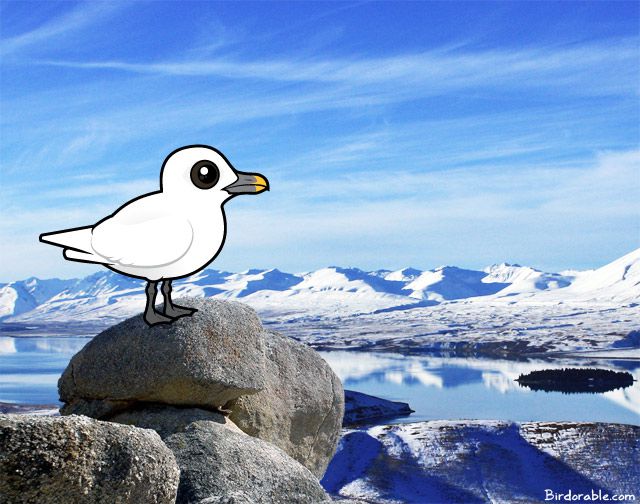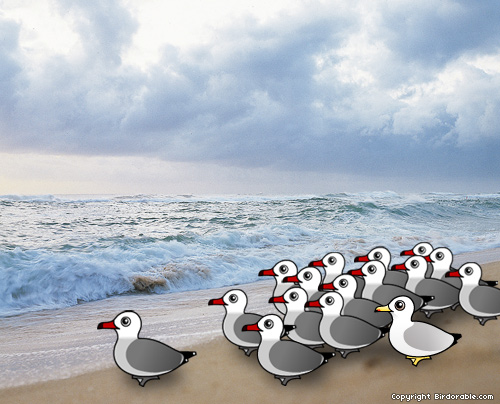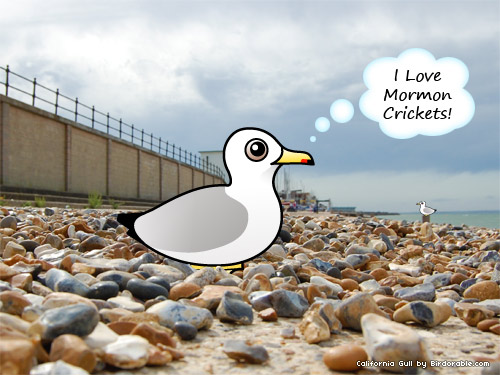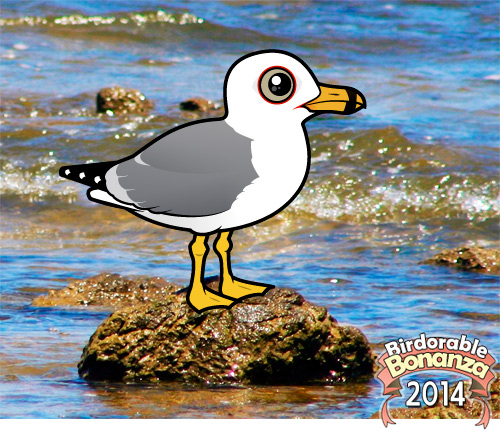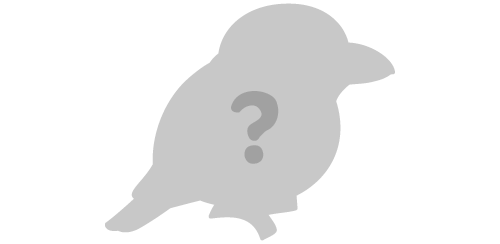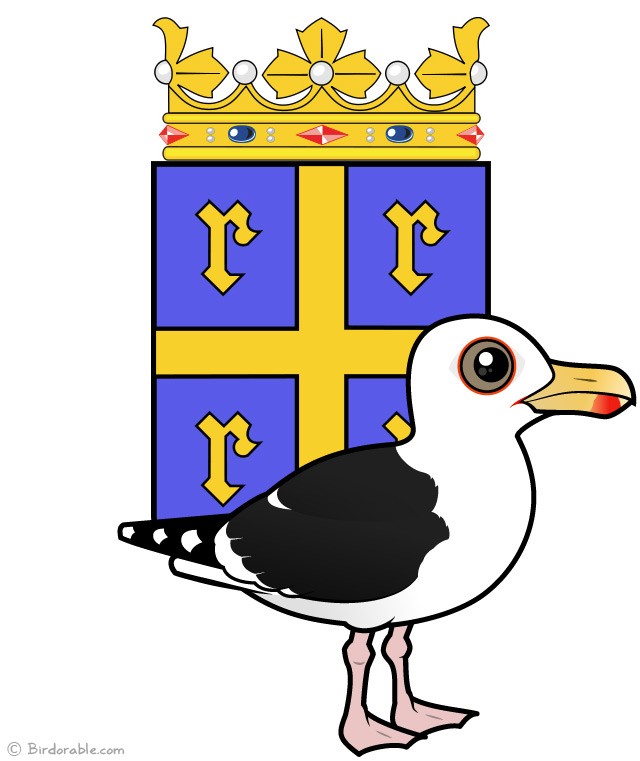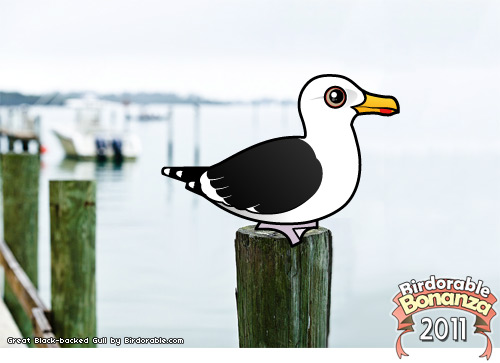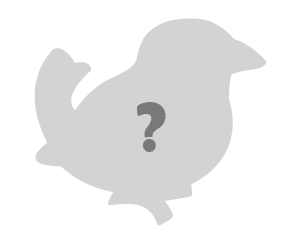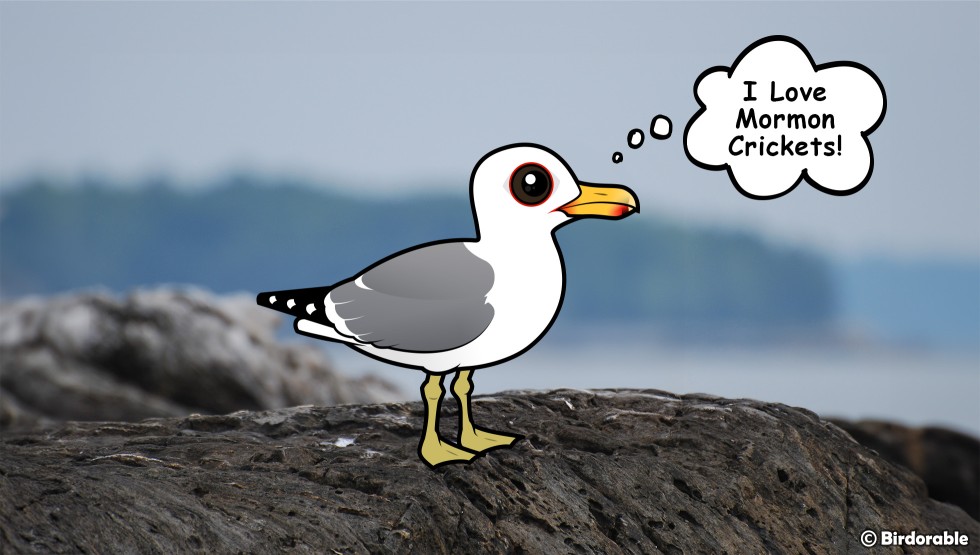We're celebrating the world's gulls! Today we are sharing some FAQs about gulls.
Why do gulls stand on one leg?
Gulls aren't the only birds that stand on one leg. Many species exhibit this behavior, and the reason usually has to do with regulating body temperature. Feathers on a bird's body help to keep it warm in cold temperatures, but when the legs are unfeathered, as in gulls, the bird can lose precious body heat through the exposed skin. Keeping one leg tucked under body feathers while standing on the other helps the bird to keep warm.
Why are gull wingtips often black or dark?
Melanin is a natural pigment found in animals; it occurs in mammals, birds, reptiles, and other organisims. However, melanin isn't just about color. Melanin can also strengthen. The melanin in the wingtips of a bird helps to protect the feathers from wear and tear. And it also makes them black. Besides gulls, many raptor species have black wingtips, and some otherwise all-white birds like White Ibises, Snow Geese, American White Pelicans, and Wood Storks also have black wingtips.
Why do gulls stamp their feet?
It is thought that gulls tap their feet to imitate falling rain. The sensation of incoming rain "tricks" earthworms or other subterranean creatures to come to the surface to avoid drowning. When the worms reach the surface, they become an easy meal for the clever gull. This kind of "worm stomping" is the original "rain dance"!
What is the difference between a gull and a seagull?
Gull is the common name given to seabirds in the family Laridae. Often these birds are referred to as seagulls, but the term is not used by most biologists or ornithologists. The most common gull in Australia, the Silver Gull, is often called "seagull" by locals. But in taxonomical terms, there is no such bird as a seagull.
Do gulls have webbed feet?
Yes, gulls have webbed feet. Though some gulls live inland and may spend a lot of time away from large bodies of water, many gulls spend much of their time in and around water. Having webbed feet helps them maneuver efficiently in the water. However, this adaptation does limit their ability to carry items with their feet.
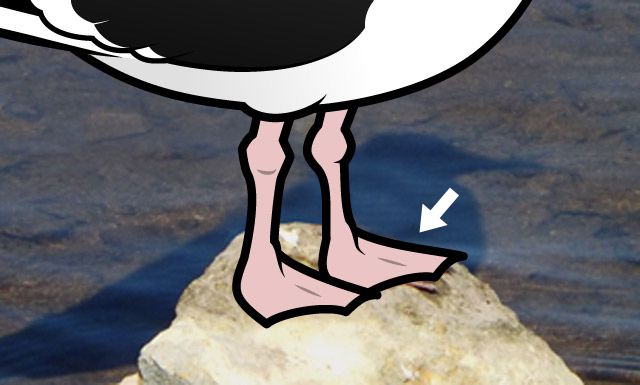
What is special about gull jaws?
Gulls are opportunistic feeders, meaning they are able to take advantage of a huge variety of food items. They may hunt for live prey, they might steal food from others, or they might scavange scraps from garbage dumps or dead animals (carrion). Something that helps them take the most advantage of eating opportunities is the fact that they have unhinging jaws. This gives them the ability to consume very large items.
What is the collective noun for gull?
A collective noun is used to name a group of something. A group of birds is commonly known as a flock. A group of crows is a murder, a group of finches is a charm, and a group of geese is a gaggle. What about gulls? A group of gulls is known as a colony.

Do you have any other questions? Let us know in the comments below or go to our Meet the Birds area and learn about each of our Birdorable gulls. And don't forget to check out our cute gull gifts. Here are some samples below.

